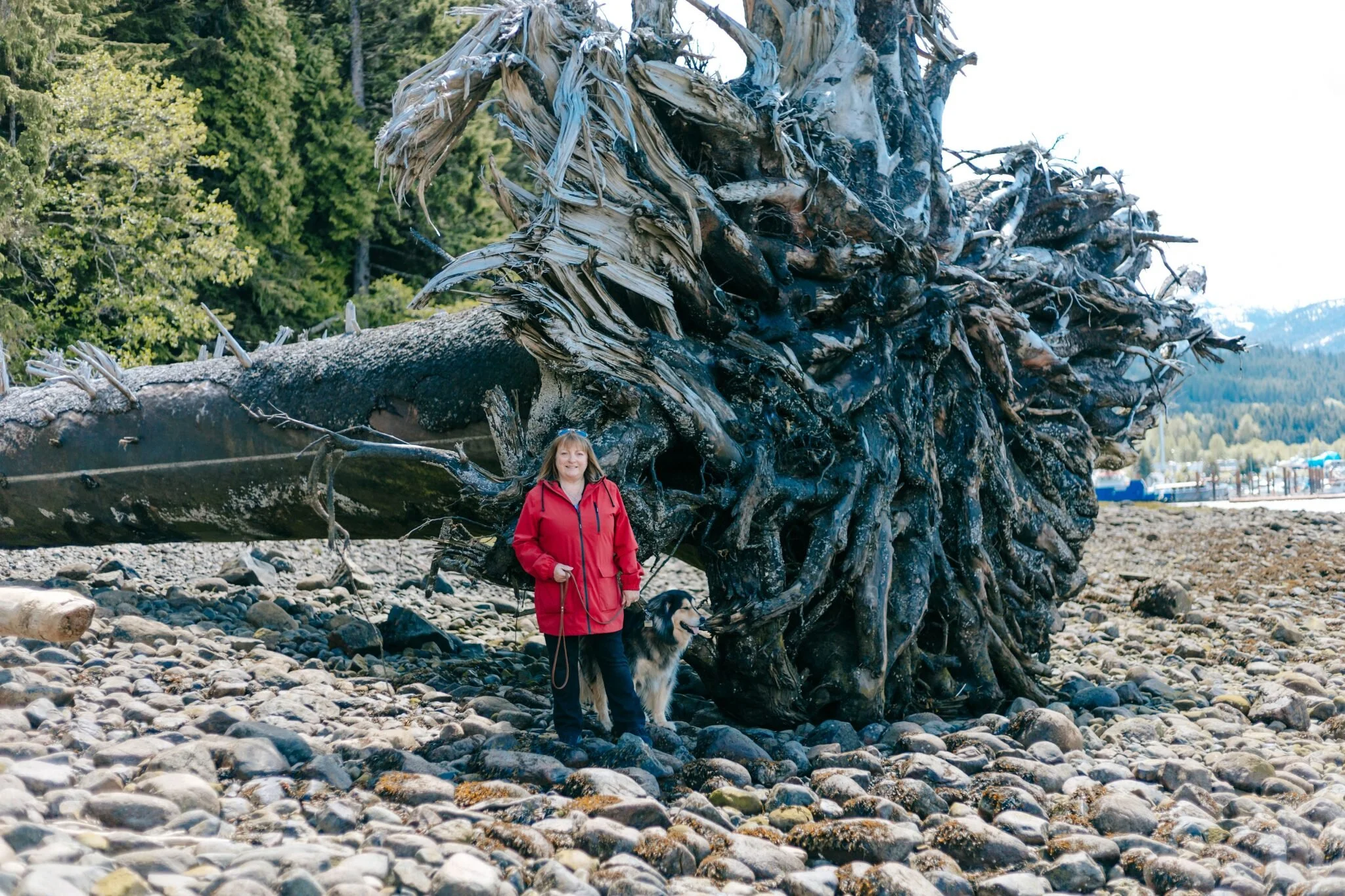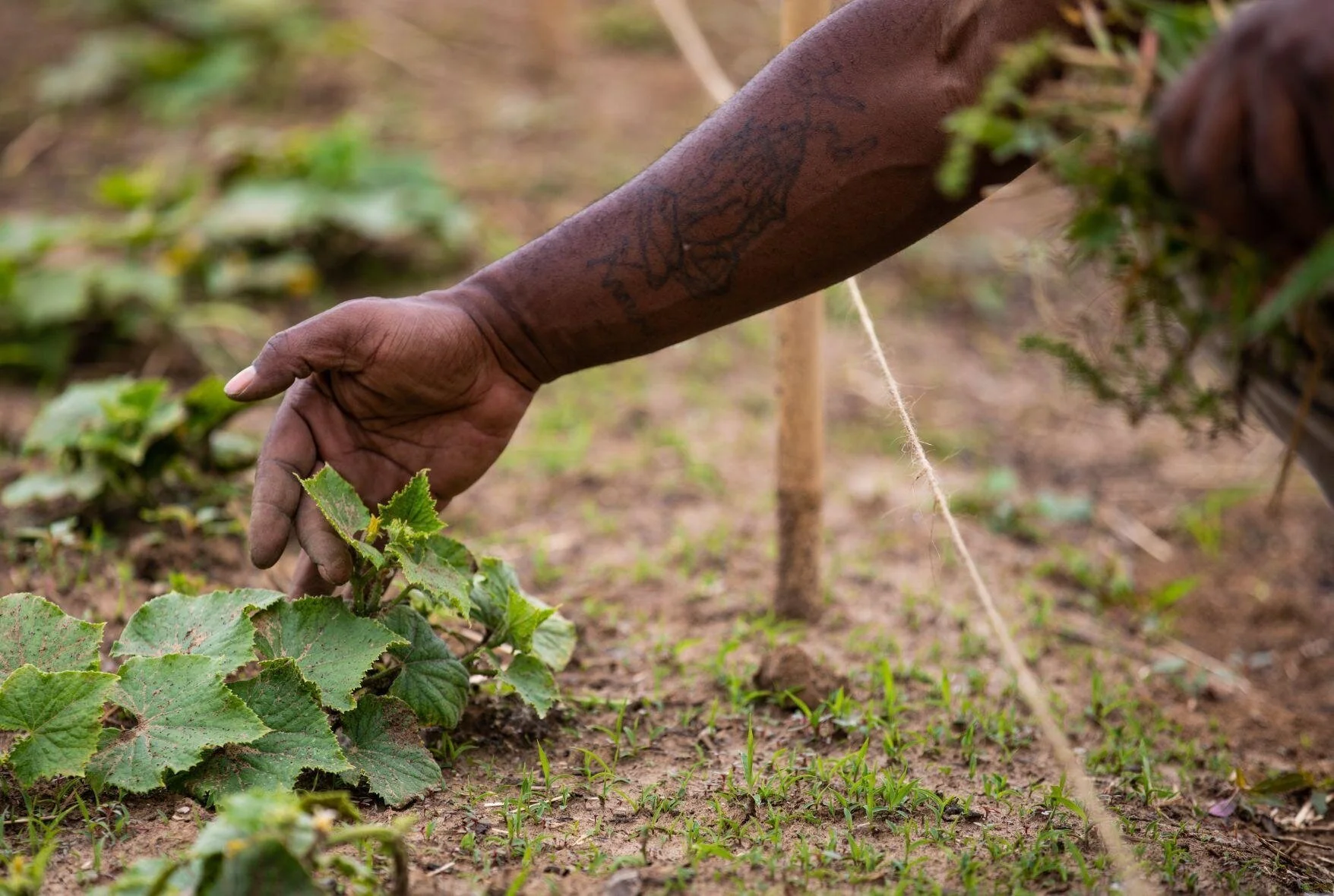How Kitmat B.C. is Catching Its Breath
How Kitmat B.C. is Catching Its Breath
By Anna Lamb-Yorski, Living Here, June 16, 2021
Photos available here. Word count: 1733
“We appreciate that there has to be industry, and we happen to live in a valley that is encouraging more. We just want to make sure that somebody is watching. Somebody has to be doing it, and it happens to be us.”
These are words from Pam Vollrath, a retired school teacher who has called Kitimat, British Columbia home since 1979. The ‘us’ she is referring to is the Kitimat Terrace Clean Air Coalition (KTCAC), a society that formed in 2016, mostly by teachers like her, in response to health concerns involving air quality.
“We were very worried about the cumulative effects of all of the industry that is here and more to come,” Pam says. “There are statistics showing that people with respiratory illnesses are definitely above average in this town. And we’ve had a lot of people in their aging years die of certain cancers.”
The town Pam calls home got its name in 1951, when Alcan Aluminum — now called Rio Tinto Alcan — spent $500 million building a state-of-the-art aluminum smelter, a 16 kilometre mega-tunnel funneling water destined to turn giant electrical generators, and a town whose architects were directed to build a suburban utopia so beatific, it would inspire a workforce to set down roots and call Kitimat home for good.
Since 2015, when sulphur dioxide emissions in Kitimat increased, Pam has noticed her eyes watering all year when she goes for walks with Tayo. Photos (except two aerial shots) by Little Honey B Photography.
Rio Tinto Alcan has been the main employer in Kitimat since it created the town 70 years ago.
“It is an economy that this community relies on,” explains Steve Stannus, a retired project technician who has lived in Kitimat since 1998 and has also been involved in KTCAC since it formed five years ago.
Over the past eight years, people like Steve and Pam have been working with government and industry to address concerns around sulphur dioxide in Kitimat air and to come up with a solution that works for everyone. Although it hasn’t always been easy.
“Of course we did get some negative feedback initially,” Pam says. “It was a ‘don’t rock the boat sort of thing.’ But overall and over time, people have accepted what we are doing.”
“There was some negativity of our group speaking up, and people were afraid we would push [industry] out,” Steve says. “That was never our intent. We just want to make sure that the government does the right thing when issuing a permit. With other industries coming in, we are targeting them to do the right thing, to make sure they listen to the people that are concerned.”
Steve Stannus stands in front of one of the three air monitoring stations in Kitimat that monitor levels of sulphur dioxide and other pollutants for the community.
AN ALLOY IN THE ROUGH
If you have never been to Kitimat, it might help to imagine the setting of one of your favourite dark Norweigan crime series. It is situated at the head of the Douglas Channel — an inlet that mixes with the Kitimat River and travels 90 kilometres southwest to the Pacific Ocean — rests near an estuary laden with endangered eelgrass, and is surrounded by panoramic views of the snow capped mountains.
It is rugged, remote, and breathtaking.
The Haisla have lived near the town of Kitimat for over 1,800 years and occupied connected coastal lands and waters for over 9,000. The Tsimshian — the coastal First Nations whose traditional territory lies northwest of Kitimat, in and around Prince Rupert — know their Haisla neighbours to the south as experts in processing eulachon fish, and as the Kitamaat, which translates to “People of the snow” in their Sm’algyax language. This is where the name Kitimat comes from.
TAKING CARE OF THE AIR
“It started when Rio Tinto was proposing to do a modernization to the smelter plant,” Steve Stannus explains. “They said that the new plant would have a 50% reduction in their emissions compared to the old plant. Having said that, they missed out a criteria in their claims: SO2 [sulphur dioxide]. They admitted that the SO2 would increase because of the increase in capacity of the smelter plant.”
Airborne sulphur dioxide — a gas released naturally from volcanic activity, from the burning of fossil fuels, and a by-product of metal smelting — is a well-known cause of respiratory problems, can worsen diseases such as asthma, and according to a recent study out of southwestern Ontario, there is a strong link between high levels of sulphur dioxide and preterm births.
Kitimat and Douglas Channel on BC’s rugged north coast.
In 2019, Kitimat had the fourth highest, 1-hour level sulphur dioxide emissions in the province at around 25 ppb (parts per billion). And although their average levels are higher than most in B.C., they are still well under the provincial objective of 70 ppb, and drastically lower than Trail, B.C., which by comparison had an average 1-hour sulphur dioxide reading of 125 ppb in 2019.
In 2013, when Rio Tinto Alcan announced they’d be making more aluminum and therefore more jobs, and that in the process they would be cutting their greenhouse gas emissions in half, many locals welcomed the modernization project. However others, like Pam and Steve, felt that the proposed 56% increase of 42 tonnes a day of sulphur dioxide could have impacts on the air they breathed.
“It was kind of a shock,” Pam Vollrath remembers when the Ministry of the Environment (MOE) granted Rio Tinto Alcan the permit for the project. “There were plans to install these sulphur dioxide scrubbers in the plant originally. Then it wouldn’t have been an issue. But the government allowed them to not install them. We didn’t have much time to respond to this decision as a community.”
Yet the community did respond. Letters to the government were written, the union representing 950 of Rio Tinto’s own employees and two school teachers took them to court over the matter, and concerned citizens like Steve and Pam rallied together to become a unified voice in the community and formed the KTCAC.
Being a retired school teacher in Kitimat, one reason Pam Vollrath got involved in the Kitimat Terrace Clean Air Coalition was because of her concerns around the long-term effects of sulphur dioxide exposure to children going to schools she taught at. “If something is not right, I want to try to do something about it,” says Pam. “I think in general teachers are that way. Whether it be for the children in their charge or for other issues around them.”
Then in 2019, sulphur dioxide emission concerns were taken seriously. A mediated settlement in court required there to be a more robust air quality monitoring network, and to the delight of Pam, Steve and other KTCAC members, an independent airshed group was formalized and continues to be consulted with on a regular basis.
The Kitimat Airshed Group facilitates communications and collaboration on air quality between local stakeholders and is composed of many representatives including members of the KTCAC as well as surrounding communities, First Nations, the local union, multiple government ministries, and industry.
“It is there to keep a close eye on what industry is doing and to hold them accountable for whatever decisions are made, or action or inactions there are,” Pam says. “I think in the past, they tended to dismiss concerns. But I would like to think that because of our perseverance and commenting on emissions, they know we are not going away. I think they started to listen more.”
THE PRICE OF BAD BREATH
The World Health Organization estimates seven million people die each year due to air pollution. And health researchers are finding that in countries where air pollution is highest, deaths from diseases like pneumonia, asthma, and Covid-19 are more common.
“People in polluted areas are more likely to have chronic illnesses, and such patients are the most vulnerable to COVID-19,” says environmental journalist Beth Gardiner in a recent issue of National Geographic magazine. “What’s more, air pollution can weaken the immune system and inflame the airways, leaving the body less able to fight off a respiratory virus.”
And while these emission levels are undoubtedly better than what people living in poorer, more populated countries like India and China have to contend with, there are costs to Canadians, too.
The Rio Tinto Alcan smelter in Kitimat.
For every 1,000 people who live in Kitimat — just over 8,000 people live there — 12.4 have asthma and 21.4 have chronic obstructive pulmonary disease (COPD). The former is 104% higher than the provincial average, the latter 183% higher.
Health Canada reports that deaths related to poor air quality costs $120 billion, or $3,032 per Canadian, every year. Keeping air clear and clean saves lives and money.
TRANSPARENCY FOR TRANSPARENT SKIES
Today, three air monitoring stations surround Kitimat. They monitor the current levels of particulate matter and chemicals like sulphur dioxide, produce hourly air quality reports, and will alert residents if and when sulphur dioxide concentrations exceed 36 ppb. Locals who have trouble breathing feel safer going outside when they know the sulphur dioxide levels are low.
At the end of the day, for both Pam and Steve, it’s about enjoying where they live and keeping it that way. They have spent their lives working and living in Kitimat. They love it, and have no plans to leave, as long as the air doesn’t get worse.
Pam and Steve value the industry in their community and want to see good jobs stay in Kitimat. They also care deeply about the health of those who live and work there and want the air to be clean.
“From my perspective I think we’ve made some successes,” Steve Stannus says. “Industry and government are listening to people who are concerned in Kitimat. Actually trying to have a collaborative type of relationship in the community rather than a dictatorship. That’s a positive step forward for the community.”
Pam Vollrath agrees.
“I am happy to see that as a result of our continued efforts, we can actually see that things have changed for the better, and we’ve had an influence. I feel very blessed to be living where I am. I want it to stay the same or better.”






